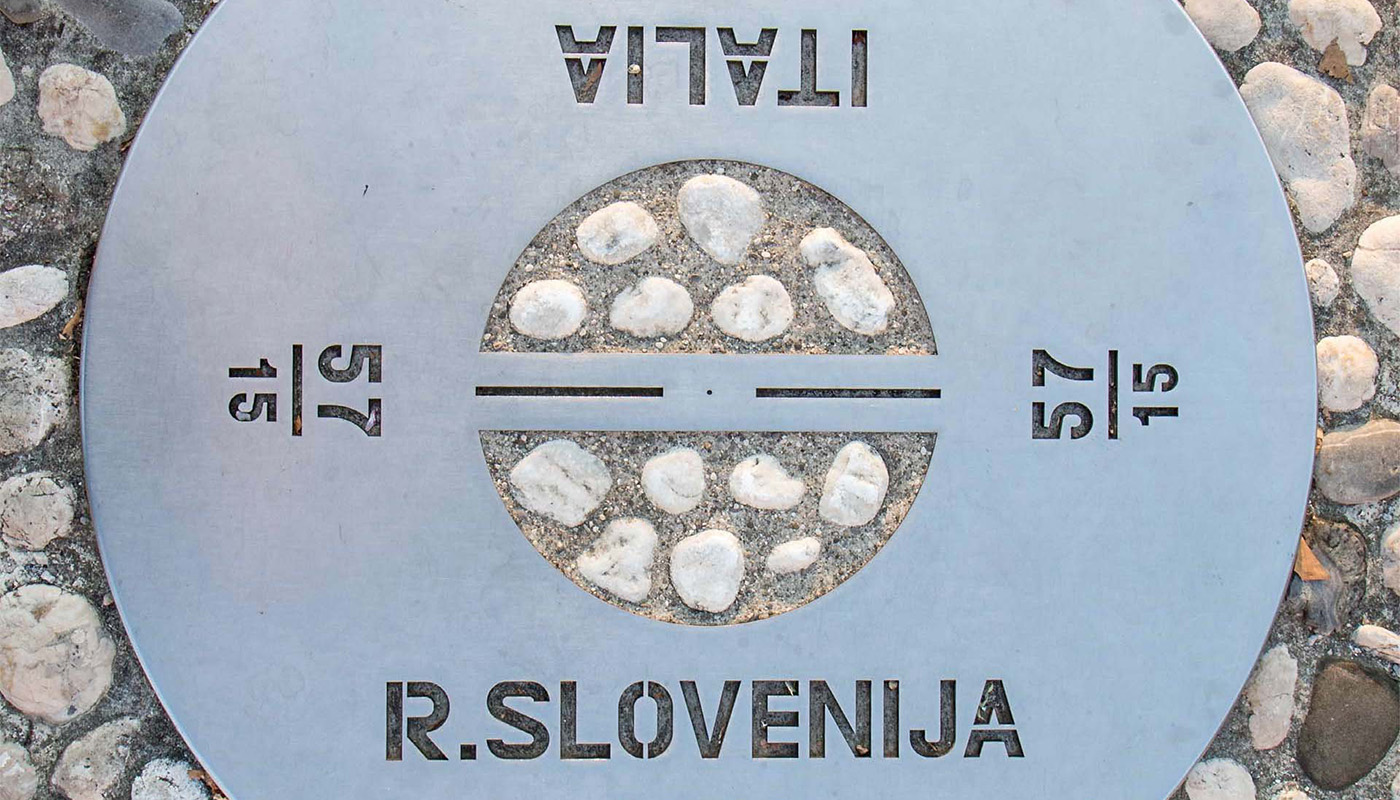
A BORDER THAT NO LONGER EXISTS
by LUCIO FABI
To the tourist who arrives in Nova Gorica/Gorizia European Capital of Culture amazed not to find the well-known border network in a newly finished Transalpina/Evrope square, all that remains is to turn his gaze to the two cities, stepsisters rather than twins. Novella Eva, Nova Gorica was born from a rib of the old city, not at the behest of the Creator but of the international context of 1945-47, not particularly tender with those who had lost the war.
On the mountain where so much was fought more than a hundred years ago, a large stone inscription praises Tito, not the Roman one, but the communist marshal who led the Yugoslav army to defeat the Nazis and fascists who had invaded his house. It’s bad to say it but that’s how it is. And the mayor here, who does not like the writing, consoles himself by officially receiving the heirs of those who at the time were enemies of the Republic. However, rather than taking away Mussolini’s honorary citizenship, as many would like, it could also be given to Tito. One by one and the ball in the middle.
On the city hill, the Venetian false castle belligerently faces the annoying inscription, backed at a distance by the tower of the Ossuary of Oslavia, a sacred container symbol of the bloody war of 15-18. On the other side of the valley, it is impossible not to see the Moorish tower of Cerje, dedicated to the victorious wars of the Slovenian people (1914-18, 1941-45, 1991), renamed “to Peace”. To put things in place the sanctuary of Monte Santo, a symbol of religiosity for Slovenians and Italians, a 360-degree “volemose bene”.
With the regenerated Transalpina station you can easily reach the beautiful Slovenian surroundings, the Soča valley, the mountains and the lakes, while Gorizia on Saturdays and Sundays will finally have a direct and fast connection with Mestre. Staying in the city, you are spoiled for choice. Many exhibitions, from Ungaretti to Andy Warhol to Basaglia’s madmen, from the Museum of the Border to that of Smuggling, Fashion and War (always from 14-18, of course) not to mention, on the other side, the Kromberk Museum or the building of Epik, which they say promises well. The aperitif in the beautiful Piazza Vittoria with the cipolloni church can be combined with a stop in the modern center of Nova Gorica, where you have the impression of being in a non-place seasoned with daring architectural structures and examples of communist social housing, designed by the architect father of the city, soon disdained by those who had the opportunity to go and live in single houses. Thus, while the old Gorizia remains anchored to a nineteenth-twentieth-century building structure with an elongated shape produced by the happy arrival of the Southern railway (1861), from the 70s of the other century the new Gorizia tries to change its appearance by gradually adding different forms of housing, such as the so-called “Chinese Wall” or the large crooked blocks of flats as a corollary of busy shopping centers and casinos.
From the city of sin to the city of culture, a big and successful leap for Nova Gorica. The same cannot be said of Gorizia, a city of centuries-old culture, with its celebrated Isaia Ascoli and Michelstaedter and its proclaimed Habsburg and bourgeois multiculturalism, “sleeping beauty” for some time as far as traffic and trade are concerned, with a population in decline from the average age of 50, the highest in Italy and perhaps in Europe. An old, conservative city, surrounded by monuments and emblems that praise the victorious war of 15-18, but remain silent on the distortions of the fascist period, which in practice erased the multilingual Gorizia of previous centuries, replaced by a nationalism pushed to excess, overwhelming against the Slovenian minority present in the city. On the other hand, the younger Nova Gorica, repopulated from everywhere in the 50s and 60s, exhibits various signs of the victorious Yugoslav war of liberation, busts and statues everywhere, evident at the central Town Hall, built in place of the ancient cemetery, an ideal point of connection between the modern city and the building settlement of the so-called “Russian Blocs”.
Bloody nostalgia of the opposite sign, still a little present in two cities brutalized by wars, which today try to meet in peace. After all, this had already been done since the sixties, while Europe was experiencing the Cold War. The border was never a barrier, except for those who conceived it that way. International and local agreements between Italy and Yugoslavia allowed wide circulation and profitable exchanges, gasoline, meat and tobacco at a good price against jeans, utensils and things that could not be found in the communist paradise. A fruitful cross-border collaboration was already growing then, fostered by far-sighted administrations, institutions and cultural figures to whom we owe gratitude and gratitude today, on both sides of a border that no longer exists.
